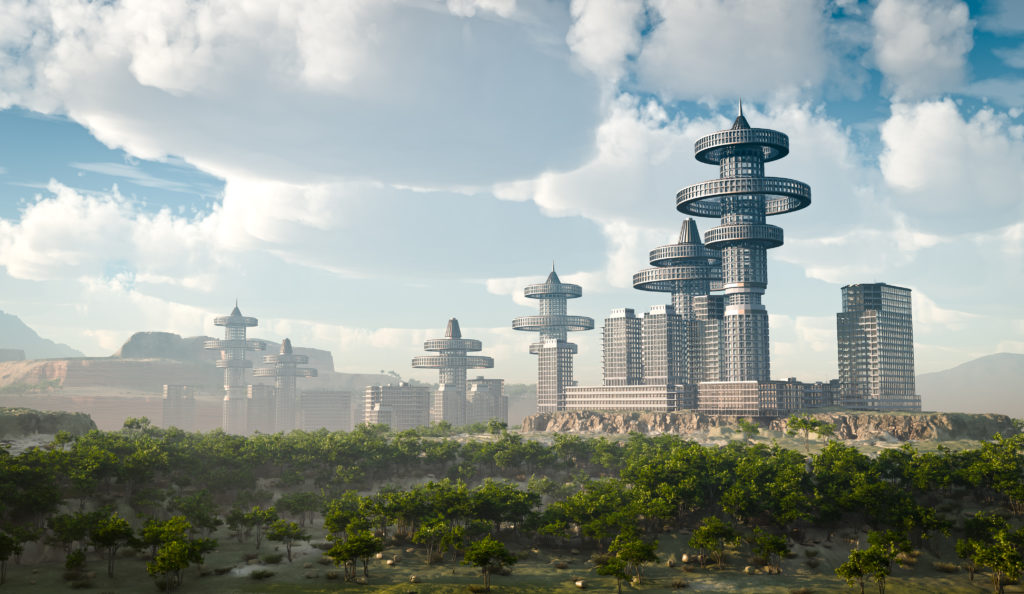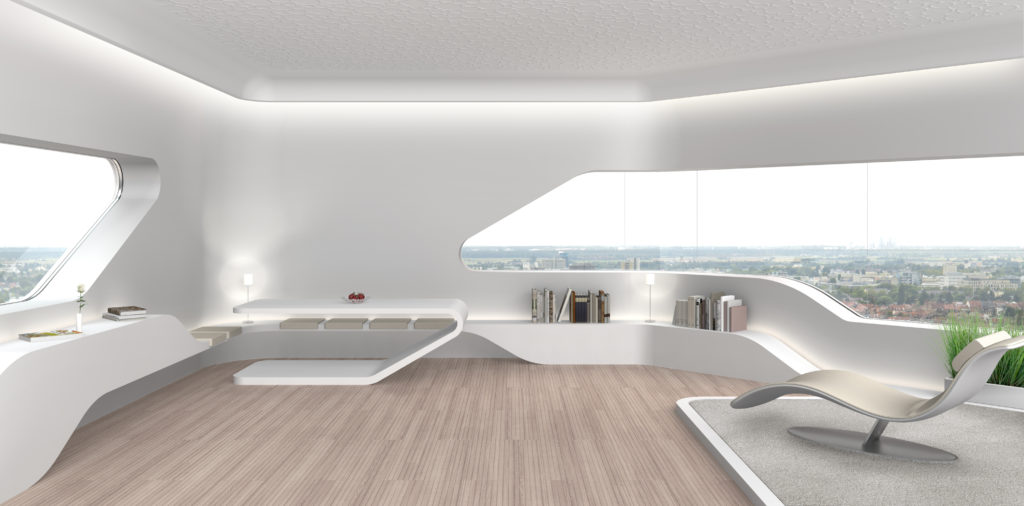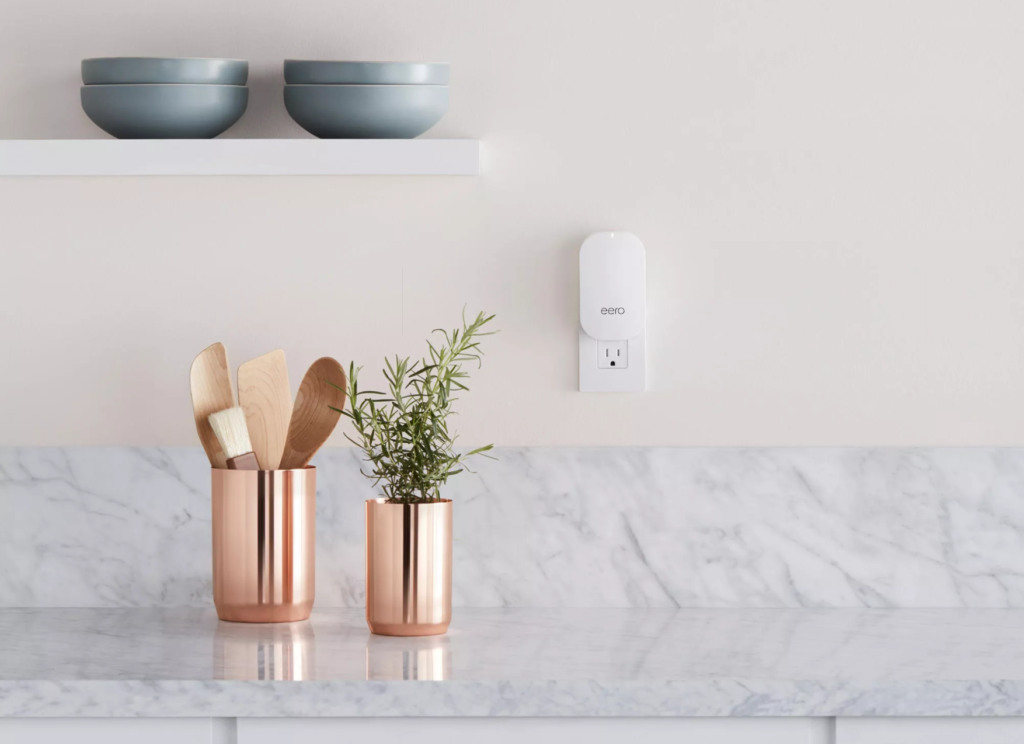Smart home tech is on the rise, and 2017 has been hailed as the year it finally achieves mass appeal. Light switches controlled by your phone, doors that unlock as you approach, and thermostats that learn your movements and habits – it’s all out there.
That’s all well and good, but what’s around the corner? Where’s all this headed, and what does the house of the future really look like?
Well for starters, it’s probably not a house. If current trends continue, then more and more people will move to cities, increasing demand for housing to a point where single-family homes are no longer a viable option for city living. The land will simply become too valuable to “waste” on single-unit buildings, leading to an increasing number of large, multi-unit structures in urban areas, areas that will play host to the bulk of the country’s population. Therefore, we’re most likely looking at smart apartments, not smart homes.
One of the biggest leaps is probably going to be in biometrics. As computers become more and more powerful and gradually move away from traditional transistor-based frameworks, keypads and passwords just aren’t going to cut it. And even if they do stick around, biometrics are such a blatantly superior option that once the barriers to mass implementation are overcome, there’s little reason not to use them over passwords; the whorls and ridges on your fingers are a lot harder to duplicate than a 4-digit number. Add voice recognition and eye-tracking and things are going to get a whole lot more secure.
These kinds of systems will completely replace traditional locks. Instead of opening your door with a physical key, it will literally open at your touch. As you move into your living space, your apartment will recognize your presence, adjusting temperature, lighting, and sound systems to meet your predetermined needs and desires. Each device will operate as part of a single network, constantly learning and communicating with one another to better understand your routines and wishes.
App controlled lighting system LIFEX
That’s the second major advance. Machine learning is already on the rise, with systems that can learn and duplicate human speech and jokes (with some amusing failures). As those kinds of systems are increasingly used to analyze our physical actions and behaviors, smart home systems and connected devices will increasingly be able to not only meet our needs, but predict them. As these kinds of systems become more and more advanced, our lives will become almost entirely frictionless. Lights will turn on as you approach, and off as you move away. Music will shift from speaker to speaker, following you from room to room. These won’t be things you have to control, but rather automatic processes, things you don’t even have to think about.
All of it will be tied together into a single network, likely through a combination of WiFi signals and information transmitted through your home’s electrical systems. All of this information will flow through a single hub, which will act as the “brain” of your home. The divide between your home’s physical network of appliances and it’s digital network of connected devices will completely disappear, as the two merge into a single system.
The smart home of the future is an interconnected network of devices that constantly learns your behavior and changes its behavior to meet your needs. More and more processes will take place in the background, requiring less and less conscious effort on the part of the occupant.
These housing units will be more efficient than any human could possibly be, limiting electricity usage to the absolute minimum required. The savings, both in money and time, will be almost immeasurable. It’s early days yet, but that’s where we’re heading.




You must be logged in to post a comment.